Glaze Coat Instructions: A Comprehensive Guide
This guide provides detailed instructions for achieving a professional finish with Glaze Coat․ We will cover preparation, mixing, application techniques, and troubleshooting to ensure your project is a success․
Glaze Coat is a two-part epoxy system known for its durable, high-gloss finish, ideal for bar tops, countertops, and various creative projects․ This comprehensive guide will walk you through each step of the application process, ensuring a professional and long-lasting result․ Understanding the properties of Glaze Coat is crucial; its thickness necessitates a careful application technique to prevent imperfections․ Proper mixing and temperature control are also key to achieving optimal clarity and adhesion․ Whether you’re a beginner or an experienced DIY enthusiast, these instructions will provide you with the knowledge and techniques needed to successfully apply Glaze Coat․ From preparing your surface to the final coat, we’ll cover every aspect of the process․ Following these instructions carefully will allow you to avoid common pitfalls and achieve the desired deep, beautiful finish․ Remember that most applications require two coats for a superior outcome․

Preparation Before Application
Before you begin, proper preparation is essential for a flawless Glaze Coat finish․ This includes temperature control, surface sealing, and ensuring a clean workspace for optimal results․
Bringing Glaze Coat to Room Temperature
Prior to commencing any application of Glaze Coat, it is imperative to ensure that the product reaches room temperature․ This crucial step significantly minimizes the likelihood of bubble formation during the curing process․
When Glaze Coat and the surrounding environment are cold (below 70°F), the viscosity of the epoxy increases, trapping air and hindering its natural release․ Allowing the Glaze Coat components to warm up reduces their viscosity, facilitating the escape of trapped air bubbles and promoting a smoother, clearer finish․
To bring Glaze Coat to room temperature, store the containers in a warm room (ideally between 70-80°F) for several hours or even overnight․ This ensures that the entire volume of material reaches the desired temperature, leading to optimal workability and a superior final result․ Remember, patience in this initial step translates to a more professional and aesthetically pleasing outcome․
Sealing Porous Surfaces
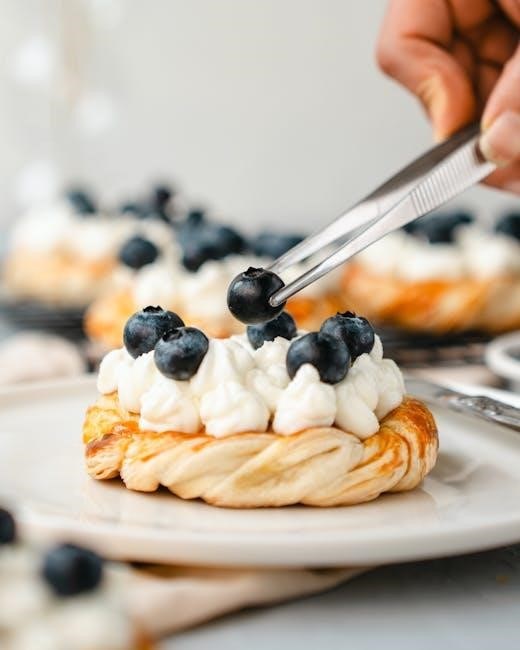
Before applying a flood coat of Glaze Coat, it’s crucial to seal any porous surfaces like wood․ This prevents air from being drawn out of the material and creating unsightly bubbles within the epoxy layer․ Most wood surfaces are inherently porous, requiring this preparatory step for a flawless finish․
To seal the surface, apply a thin coat of Glaze Coat․ Use a squeegee to evenly distribute the epoxy and work it into the pores of the material․ This thin layer acts as a barrier, preventing air from escaping during the subsequent flood coat application․
Allow the sealing coat to cure completely before proceeding with the next layer․ This ensures that the pores are effectively sealed and that no further air release occurs․ Skipping this step can result in a compromised finish with numerous bubbles trapped within the Glaze Coat․
Ensuring a Clean Work Surface
A pristine work environment is paramount for a successful Glaze Coat application․ Dust, debris, or any contaminants can easily become trapped in the epoxy, compromising the clarity and smoothness of the final finish․ Therefore, dedicating time to thoroughly cleaning the work surface is a critical step․
Begin by removing any loose particles with a vacuum cleaner or a soft brush․ Next, wipe down the surface with a clean, damp cloth to eliminate any remaining dust or residue․ Ensure the cloth is lint-free to avoid leaving behind any fibers that could embed themselves in the Glaze Coat․
For surfaces that may have grease or oil residue, use a mild degreaser to thoroughly clean the area․ Rinse the surface with clean water and allow it to dry completely before proceeding with the Glaze Coat application․ A clean work surface is the foundation for a flawless, professional-looking finish․

Mixing Glaze Coat Components
Proper mixing is crucial for Glaze Coat․ This section details the two-part mixing process, including timing, technique, and optimal temperature, all essential for achieving a flawless, durable finish․
The Two-Part Mixing Process
Glaze Coat requires a precise two-part mixing process to ensure proper curing and a flawless finish․ Begin by carefully measuring equal volumes of Part A and Part B, following the manufacturer’s instructions precisely․ Accuracy is paramount; deviations can compromise the final result․
Combine Part A and Part B in a clean, dry mixing container․ Use a mixing stick or paddle to thoroughly blend the two components․ Avoid using tools that may introduce air bubbles․ Scrape the sides and bottom of the container to ensure all material is incorporated․
Continue mixing for the recommended time, typically two to three minutes, until the mixture is homogenous and clear․ The mixed Glaze Coat should have a uniform consistency․ Remember that this thorough blending is key to activating the chemical reaction for hardening․ After mixing, proceed promptly to the application phase․
Mixing Time and Technique
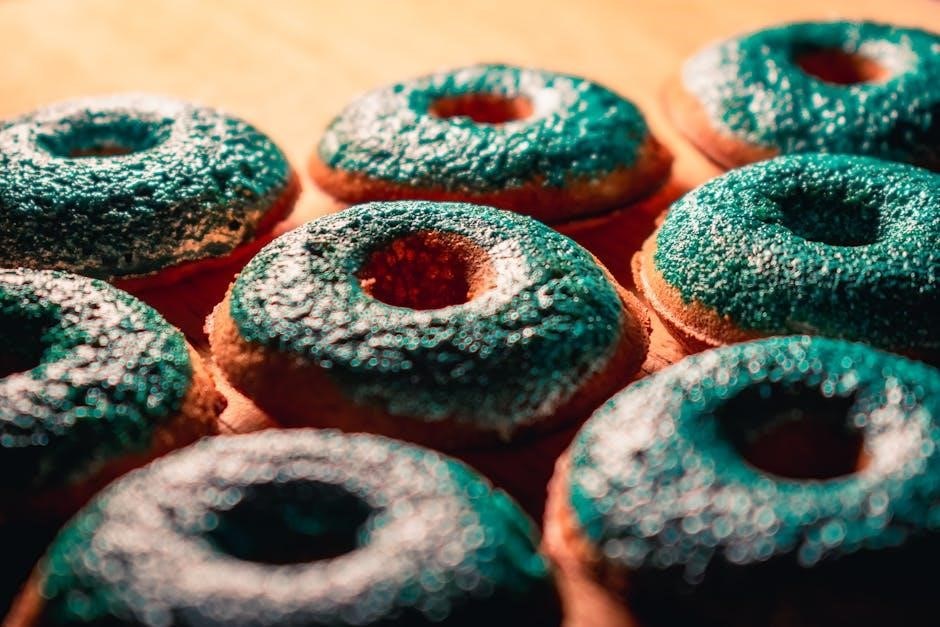
Achieving the correct mixing time and employing the proper technique are crucial for a successful Glaze Coat application․ Generally, a mixing duration of 2-3 minutes is recommended, but always refer to the specific product instructions․
Use a slow and steady mixing action with a flat-edged stir stick to minimize bubble formation․ Avoid whipping or creating a vortex in the mixture․ Scrape the sides and bottom of the container frequently to ensure all components are fully incorporated, as unmixed material can lead to soft spots or uneven curing․
The goal is a homogeneous, clear mixture free of streaks or swirls․ Over-mixing can also introduce unwanted air, so adhere to the recommended time․ Once thoroughly mixed, proceed immediately to the application stage for optimal results․ Proper mixing sets the stage for a durable and beautiful finish․
Achieving Optimal Mixing Temperature (90F/32C)
Optimal performance of Glaze Coat often hinges on achieving the correct mixing temperature, ideally around 90°F (32°C)․ This temperature facilitates proper chemical reaction between Part A and Part B, ensuring a consistent cure and minimizing issues like cloudiness or tackiness․
When mixing, friction from the process can naturally increase the temperature․ Monitor the mixture with a thermometer, stopping if it exceeds the target range to prevent premature curing․ If the components are initially too cold, gently warm them separately before combining, perhaps by placing the containers in warm water․
Maintaining this temperature range promotes ideal viscosity for pouring and self-leveling, contributing to a smooth, flawless finish․ Consistently achieving the proper mixing temperature is a key step in unlocking the full potential of your Glaze Coat project, leading to superior results․
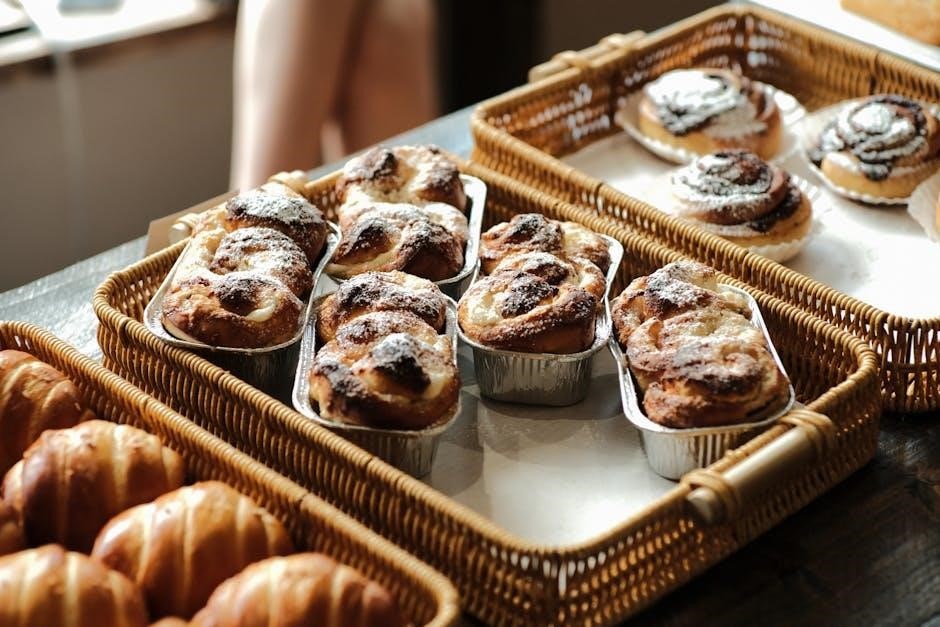
Application Techniques
Mastering application techniques is vital for a flawless Glaze Coat finish; This section covers thin coats for sealing, flood coating for depth, and methods to encourage even flow and bubble release․
Thin Coat Application for Sealing
Before applying a flood coat, it’s crucial to seal porous surfaces like wood with a thin layer of Glaze Coat․ This initial coat prevents air bubbles from forming in subsequent, thicker applications․ Apply a thin coat using a squeegee or brush, working it into the grain to ensure complete coverage․
This sealing layer minimizes the risk of micro-bubbles rising from the substrate and marring the final finish․ Ensure the coat is thin and even; avoid puddling․ Allow the thin coat to fully cure per the manufacturer’s instructions before proceeding․ The goal is to create a barrier, preventing air entrapment․
This step is especially important when working with wood or other materials known for their porosity; A properly sealed surface contributes to a clearer, more professional-looking end result, enhancing the overall quality and appearance of your project․ Remember to inspect for any missed spots․
Flood Coat Application
Once the sealing coat has fully cured, you can proceed with the flood coat application․ This involves pouring a generous amount of mixed Glaze Coat onto the prepared surface, allowing it to self-level and create a thick, glossy finish․ Ensure the surface is level to achieve an even coating thickness․
Pour the Glaze Coat in a controlled manner, starting in the center and working your way outwards․ Avoid pouring too quickly, which can trap air bubbles․ After pouring, use a spreader or notched trowel to guide the flow and ensure uniform coverage across the entire surface․
Because Glaze Coat is viscous, you may need to help it spread, especially on larger areas․ Work efficiently but carefully, paying attention to edges and corners․ Aim for the desired thickness in this single flood coat to minimize imperfections and achieve a smooth, professional result․
Spreading and Assisting the Flow
After pouring the Glaze Coat, it’s crucial to actively spread and assist its flow across the surface․ Due to its viscous nature, Glaze Coat may not always self-level perfectly, especially on larger projects․ Use a plastic spreader, notched trowel, or even a gloved hand to gently guide the epoxy and ensure even coverage․
Work methodically, pushing the Glaze Coat into corners and along edges․ A notched trowel can be particularly helpful for maintaining a consistent thickness․ Be careful not to introduce air bubbles during this process․ If bubbles appear, address them immediately․
For large surfaces, consider using a squeegee to efficiently spread the Glaze Coat․ Remember that the goal is to achieve a uniform layer, free of pooling or thin spots․ Patience and attention to detail during this step will contribute significantly to the final appearance of your project․
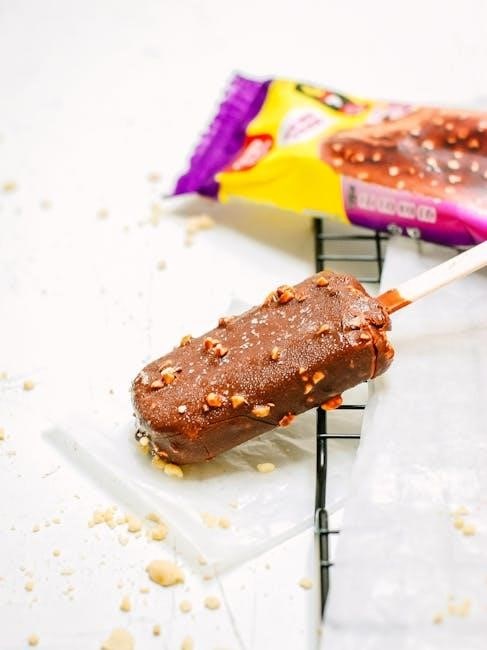
Multiple Coat Applications
Most applications require two coats for a deep, beautiful finish․ More than two coats can be applied for obtaining an even deeper and more durable finish․ Proper timing between coats is essential․
Number of Coats for Desired Finish
The number of Glaze Coat layers needed depends on the project’s intended use and aesthetic goals․ A single, thin coat may suffice for sealing porous surfaces like wood, preventing air bubbles in subsequent flood coats․ This initial coat acts as a barrier, minimizing bubble formation and ensuring a smoother final appearance․
For most applications, two coats are recommended to achieve a deep, beautiful, and resilient finish․ The first coat establishes a foundation, while the second enhances the depth and clarity of the Glaze Coat․ Additional coats can be applied for an even thicker, more robust layer, particularly suitable for high-use surfaces like bar tops or countertops․
When applying multiple coats, it’s crucial to allow each layer to cure properly before adding the next․ This prevents clouding or adhesion issues and ensures the Glaze Coat achieves its maximum hardness and durability․ Always refer to the manufacturer’s instructions for specific curing times between coats․
Timing Between Coats
Proper timing between Glaze Coat applications is crucial for achieving optimal adhesion and preventing imperfections․ Applying the next coat too soon can lead to clouding or trapped solvents, while waiting too long may result in poor bonding between layers․ Generally, it’s recommended to apply the subsequent coat when the previous layer is still slightly tacky․
This tacky state allows the new coat to chemically bond with the existing one, creating a seamless and durable finish․ The ideal timeframe can vary based on environmental factors such as temperature and humidity․ Warmer temperatures may accelerate the curing process, requiring a shorter wait time between coats․
Always consult the Glaze Coat manufacturer’s instructions for specific recommendations on timing between coats․ They will provide guidance tailored to the product’s formulation and typical environmental conditions․ Perform a small test area to assess the tackiness of the existing layer before proceeding with the next application․ This ensures the best possible adhesion and a flawless final result․

Troubleshooting
Even with careful application, issues like bubbles can occur․ This section addresses common problems encountered when using Glaze Coat and provides effective solutions for achieving a flawless finish․
Preventing and Removing Bubbles
Bubbles are a common issue when working with Glaze Coat, often caused by cold temperatures or porous surfaces․ To prevent bubbles, ensure the Glaze Coat and the work area are above 70°F (21°C)․ Warming the resin and hardener beforehand can also help reduce viscosity and bubble formation․
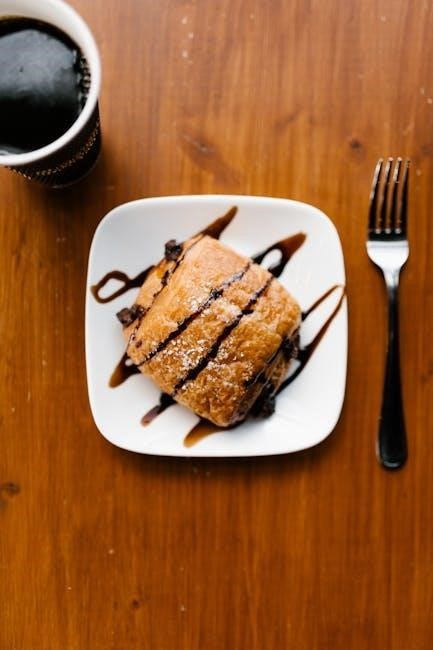
Sealing porous surfaces, like wood, with a thin coat of Glaze Coat before applying a flood coat is crucial․ This initial coat fills in the pores, preventing air from being trapped and released as bubbles later on․ Applying a thin coat with a squeegee can help to prevent air bubbles from forming․ Ensure the surface is clean and dry before applying Glaze Coat․
If bubbles appear during application, gently use a heat gun or torch (held at a safe distance) to pop them․ The heat thins the Glaze Coat and allows the bubbles to rise to the surface and dissipate․ Avoid prolonged heat exposure, which can damage the finish․
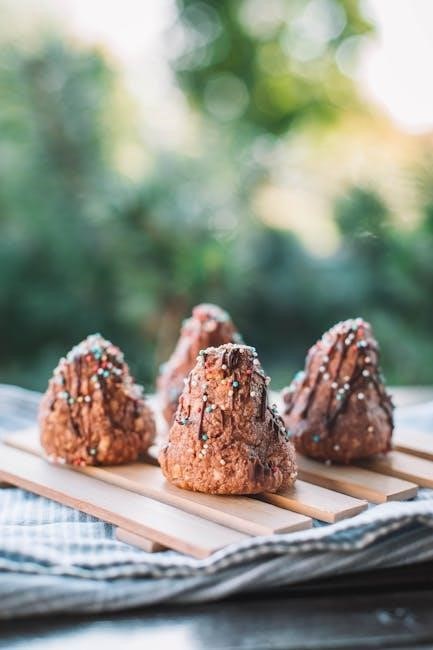
Working with Large Surfaces
Applying Glaze Coat to large surfaces requires careful planning and execution․ Having a helper is highly recommended to ensure efficient mixing and application, preventing the epoxy from curing prematurely․
The Importance of a Helper
When tackling large surfaces with Glaze Coat, the importance of having a helper cannot be overstated․ The application process requires a degree of speed and coordination that is often difficult for one person to manage alone․ A helper can significantly streamline the entire process, ensuring a more even and consistent finish․
One of the primary benefits of having assistance is in the mixing stage․ Glaze Coat typically involves a two-part mixing process that must be done thoroughly and within a specific timeframe․ A helper can manage one part of the mixing process, ensuring that the mixture reaches the optimal temperature and consistency․ This is crucial because the epoxy needs to be at 90F/32C․
Moreover, during the application itself, a helper can assist in spreading the Glaze Coat evenly across the surface․ Given the thickness of Glaze Coat, it often requires manual assistance to ensure proper flow․ With a helper, you can maintain a steady pace, preventing the epoxy from setting unevenly or creating unsightly overlaps․



